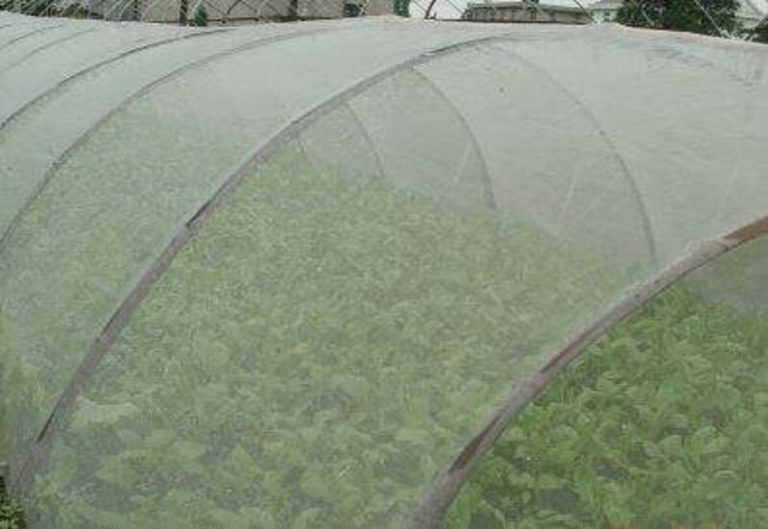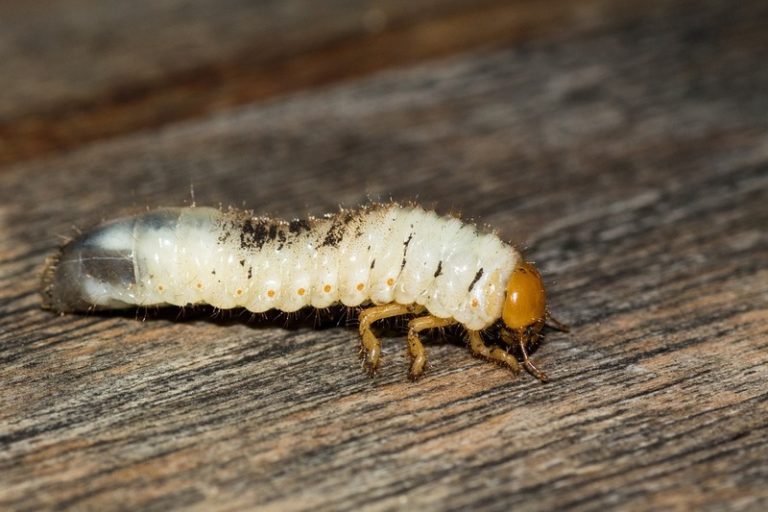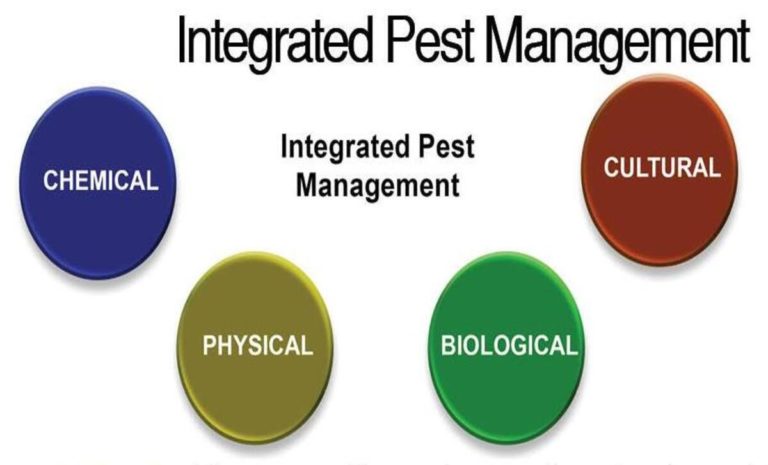Pesticide Residue: Understanding the Impact on Health and the Environment
I. Introduction
Pesticide residue refers to the small amounts of pesticides that remain on or in food and the environment after they are used to control pests. Due to its health and environmental risks, pesticide residue has become a serious concern in agricultural and food production.
This page discusses pesticide residue, its health and environmental implications, and recommended methods for limiting exposure.
II. What is Pesticide Residue?
You can find pesticide residue in food, water, soil, and air. It generally consists of the pesticides’ active components as well as any metabolites or breakdown products. Pesticides come in a wide variety of forms, including insecticides, herbicides, fungicides, and rodenticides. Each form of a pesticide can leave a distinctive residue.
Application of pesticides, runoff from treated fields, and inappropriate pesticide disposal are all sources of pesticide residue in food and the environment. Pesticide residues can stick to plants’ surfaces or get absorbed into their tissues when crops are treated with them. In addition, pesticides can contaminate groundwater and soil, thereby harming creatures that are not their intended targets.
III. Health Effects of Pesticide Residue
In both people and animals, pesticide residue can have detrimental effects on health. High amounts of pesticide residue can quickly lead to acute symptoms as headaches, lightheadedness, and nausea. Chronic health impacts including cancer, neurological impairment, and reproductive issues have been linked to long-term exposure to low amounts of pesticide residue.
Due to their tiny bodies and growing immune systems, children are more susceptible to the effects of pesticide residue. According to studies, children who are exposed to pesticide residue are more likely to experience behavioral issues and developmental delays.
IV. Environmental Impact of Pesticide Residue
Pesticide residue can also have a harmful influence on the ecosystem. Pesticides have the potential to leak into soil and water, polluting drinking water supplies and destroying aquatic ecosystems. Non-target creatures such as beneficial insects and wildlife can also be harmed by pesticides.
Rules and standards have been put in place to assist decrease the environmental impact of pesticide residue. These rules include limitations on the quantity of pesticide residue permitted in food and water, prohibitions on the use of specific pesticides, and pesticide disposal requirements.
V. Managing Pesticide Residue
There are a lot of best ways to deal with pesticide residue and cut down on exposure. One of the best ways to cut down on exposure is to buy organic products whenever you can. Synthetic pesticides are not used to make organic products, so they don’t have much or any pesticide left on them.
Pesticide residues can also be cut down on by thoroughly washing fruits and vegetables before eating them. This can help get rid of any pesticides that may have been left on the surface of the food.
There have also been rules and regulations put in place to help control pesticide residue. Some of these steps are testing food for pesticide residue and putting limits on how much residue can be in food and water.
VI. Implementing Safe Use of Pesticides
IPM (Integrated Pest Management) methods can help cut down on the use of pesticides and the amount of residue they leave behind. IPM means using more than one way to get rid of pests, like crop rotation, natural predators, and biological controls.
Crop rotation is the process of moving crops from one field to another to keep pests and diseases from building up in the soil. Instead of pesticides, biological controls use natural predators or parasites to get rid of pests. Monitoring for pesticide residues in food is another way to find problems and stop them from getting worse.
VII. Conclusion
Negative effects on human health and the environment may result from contact with pesticide residue. To secure a healthy future for everybody, it is crucial to control pesticide residue through safe and sustainable approaches. Together, consumers and farmers can decrease pesticide application and lower people’s and animals’ susceptibility to ingesting pesticide residues found in food and the natural environment.
FAQ:
Q: What is pesticide residue?
Ans. Pesticide residue is the pesticides or their breakdown products that are still in food, water, soil, or other parts of the environment after they have been used.
Q: How do pesticides affect people’s health?
Ans. Pesticide residues can have short-term and long-term effects on your health, such as skin irritation, breathing problems, and in the worst cases, cancer.
Q: Where can we find traces of pesticides?
Ans. Pesticide residue can be found in fruits, vegetables, grains, meat, dairy, and other foods, as well as in water and soil.
Q: Can we completely avoid pesticide residue exposure?
Ans. Pesticide residues can’t be completely avoided, but you can reduce your exposure by doing things like washing fruits and vegetables well and buying organic products.
Q: What are some regulatory measures to control pesticide residue?
The government has made rules and regulations for the safe use of pesticides in agriculture and at home. This includes setting maximum residue limits (MRLs) for certain pesticides in food and keeping an eye on pesticide residues in the environment.
Q; What is the meaning of integrated pest management?
Ans. IPM is a method for controlling pests that focuses on using a variety of methods, such as crop rotation and biological treatments, to control pests while limiting the use of pesticides and the risks they pose.
Q: How can people cut down on their exposure to pesticides in food?
Ans. Consumers can reduce their exposure to pesticide residue by washing fruits and vegetables well, buying organic products when possible, and following the directions on the label when using household pesticides.
Q: How can we make sure that pesticides are used in a safe way?
Ans. Using pesticides safely means using the right protective gear, following the directions on the label, and keeping an eye out for pesticide residues in the environment.
Also Read:
Amidosulfuron in Agriculture: A Powerful Herbicide for Effective Weed Control






